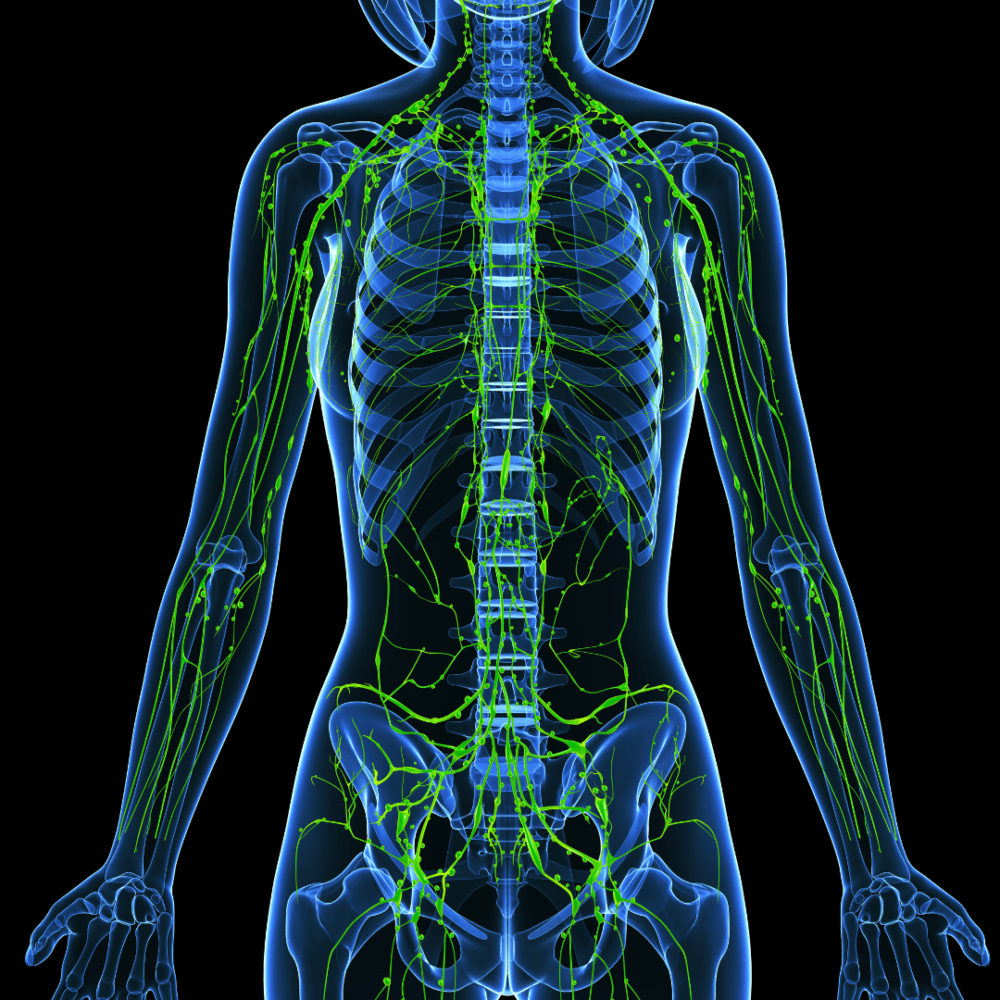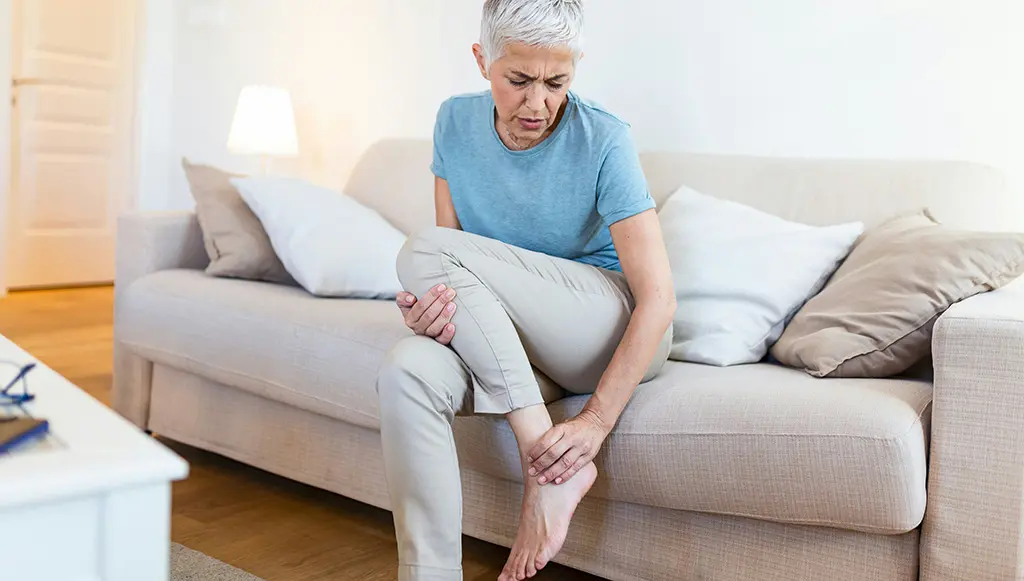What is Diffuse Idiopathic Skeletal Hyperostosis (DISH)?
Diffuse Idiopathic Skeletal Hyperostosis (DISH) is a condition that affects ligaments and tendons that attach to the spine, causing them to become hardened and calcified. Ligaments are made from tough elastic tissue and connect bones to other bones and help stabilise our joints.
This abnormal bone growth leads to the formation of bony outgrowths, or “spurs,” along the vertebrae. DISH most commonly affects the thoracic spine (mid-back), but it can also occur in the cervical spine (neck) and lumbar spine (lower back).
Despite its rarity, DISH can significantly impact someone’s quality of life. The hardened ligaments can also compress nerves in the spine, causing difficulty swallowing or tingling and numbness in the legs.
We’ll delve into the complexities of DISH, exploring its symptoms, causes, diagnosis, treatment options, and how it affects those living with the condition.
What are the symptoms?
The symptoms of DISH can vary depending on the severity and location of the spinal involvement. For many people, the condition may not cause symptoms. But some common symptoms may include:
- Stiffness: People with DISH may experience stiffness and reduced mobility in the spine, particularly in the morning or after periods of inactivity.
- Pain: Pain associated with DISH is typically mild to moderate and may be localised to the affected area of the spine. However, some may experience more severe pain, especially if the condition leads to spinal instability or compression of nearby nerves.
- Difficulty Swallowing: In rare cases, DISH can cause difficulty swallowing (dysphagia) if the bony growths impinge on the esophagus.
- Other Symptoms: In addition to spinal symptoms, DISH may be associated with other medical conditions, such as diabetes, obesity, and cardiovascular disease.
What causes it?
The exact cause of DISH is not fully understood, but several factors may contribute to its development. Risk factors for DISH include:
- Age: DISH may be more common in older adults, particularly those over the age of 50.
- Gender: Men may be more susceptible to develop DISH – but this is still unknown.
- Obesity: Excess body weight may increase the risk of developing DISH.
- Metabolic Factors: Metabolic conditions such as diabetes and hyperinsulinemia (high insulin levels in the blood-often associated with type-2 diabetes) may be associated with an increased risk of DISH.
Other Common Questions
Diagnosing DISH typically involves a combination of medical history, physical examination, and imaging tests, such as X-rays, CT scans, and MRI scans.
Treatment for DISH aims to reduce symptoms, improve mobility, and prevent complications. Treatment options may include:
- Pain Management: Over-the-counter pain relievers, such as NSAIDs (non-steroidal anti-inflammatory drugs), may help reduce pain and inflammation associated with DISH.
- Physical Therapy: Physical therapy can help improve spinal flexibility, strengthen muscles, and improve overall mobility.
- Lifestyle Modifications: Adopting healthy lifestyle habits, such as maintaining a healthy weight, engaging in regular exercise, and practicing good posture, can help manage symptoms and slow the progression of DISH.
- Surgical Intervention: In severe cases where DISH leads to spinal instability or compression of nerves, surgery may be necessary to stabilise the spine or decompress affected nerves.
For those diagnosed with DISH, treatments are aimed at relieving symptoms. This usually includes medications prescribed by your doctor to help manage pain.
Your doctor may also refer you to a physiotherapist for advice about exercises to help manage pain, stiffness and range of motion.
Living with DISH can present challenges, but with proper management and support, people with DISH can lead fulfilling lives.
It’s important to work closely with healthcare providers to develop a personalised treatment plan and to seek support from loved ones and support groups.
For further information, take a look at the following resources:



